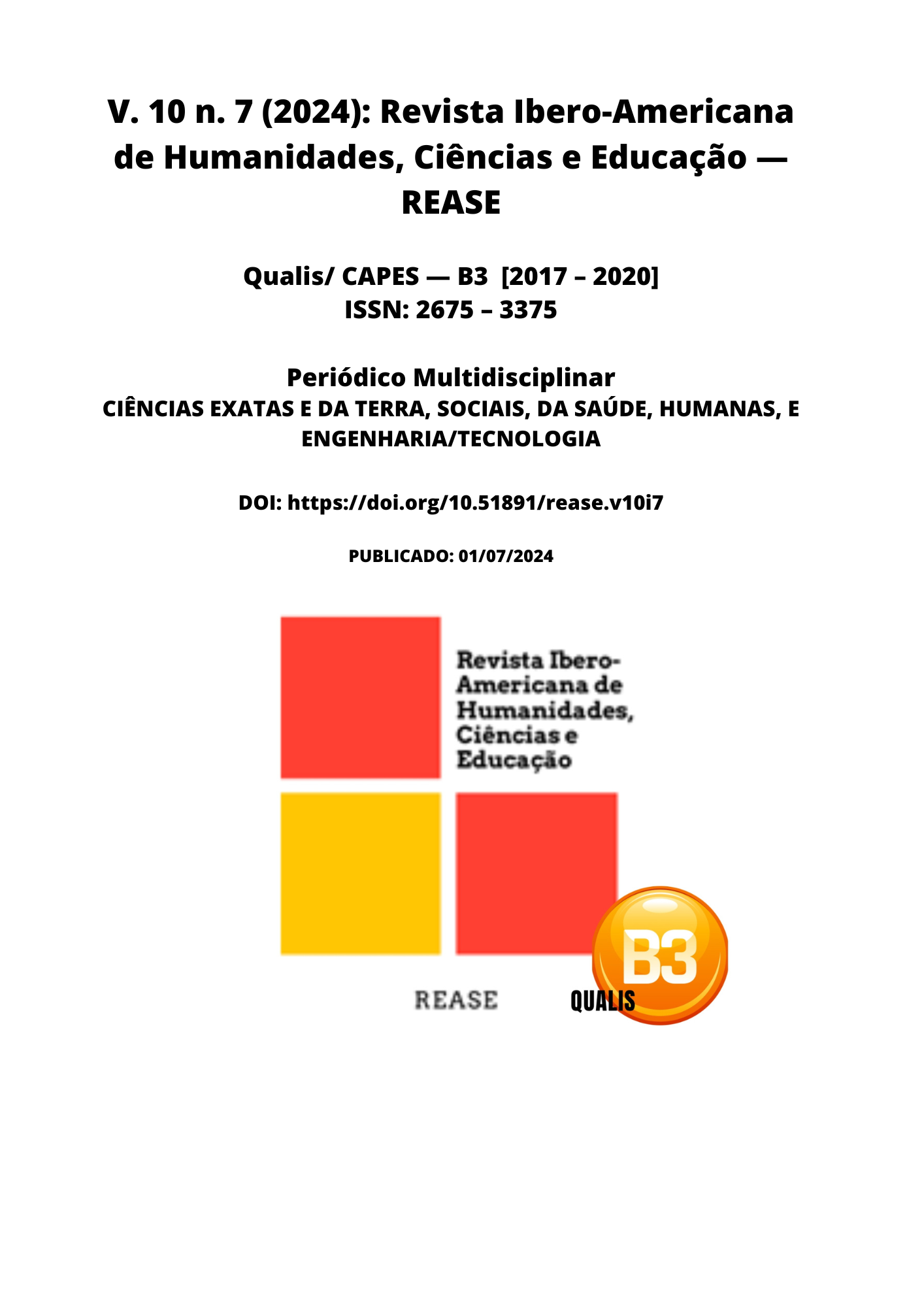BUBBLY YEAST: A SIMPLE AND LOW-COST EXPERIMENT TO DISCOVER THE ACTION OF THE ENZYME CATALASE IN BIOLOGY
DOI:
https://doi.org/10.51891/rease.v10i7.14836Keywords:
Practical class. Teaching Biology. Catalase. Peroxisomes. Hydrogen peroxide.Abstract
Since the invention of the first microscope in the 16th century, by the Dutchman Zacharias Janssen, the cellular world has evolved more and more, showing us a fascinating universe, endowed with multiple processes, where molecules and various chemical and biological components interact with each other. Cell Biology is one of the most fascinating areas of Biology, dedicated to the study of cells, their components and metabolic processes. However, the complexity of microscopic processes and the lack of adequate resources in many schools make teaching this subject a challenge. To overcome this difficulty and spark students' interest, we propose a practical and accessible experimental class, focused on the action of the catalase enzyme in yeast, using homemade, low-cost materials. As a methodology, students will be invited to experience an experimental class lasting an average of two classes, using disposable materials such as transparent cups, sachets of instant dry yeast, hydrogen peroxide or hydrogen peroxide (3% H2O2) and a heat source (stove or microwave). As the main result experienced through the proposed practical class, students will realize that only the treatment containing water, hydrogen peroxide (H2O2) and yeast (biological yeast) will react, allowing them to observe the decomposition reaction of the catalase enzyme present in yeast cells forming oxygen (bubbles), water and energy. In the treatment where boiling water was administered, nothing will happen, due to enzymatic denaturation by heat and death of the yeasts. Thus, we hope that the involvement of students and the mediation of the teacher can trigger rich moments of learning, facilitating the contextualization of the subject covered in addition to allowing the act of doing Science to be sharpened, developing and responding to hypotheses. At the end of the activity, as an evaluation method, students may be asked to prepare a report, diagnosing learning and resolving possible doubts.
Downloads
Downloads
Published
How to Cite
Issue
Section
Categories
License
Atribuição CC BY

